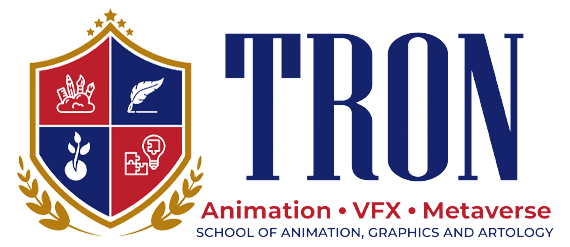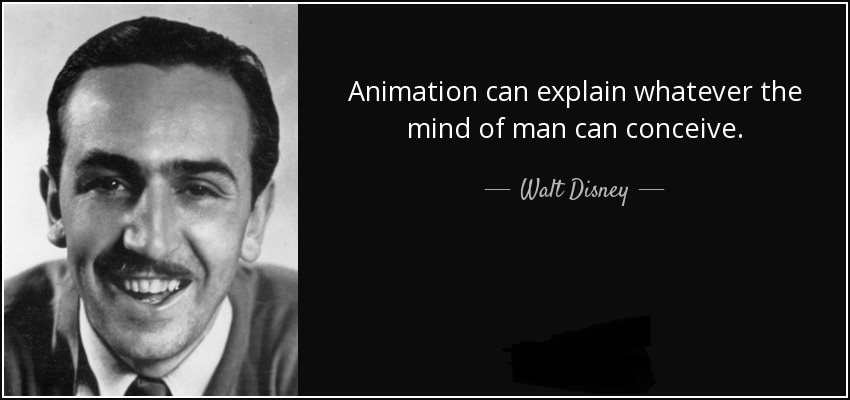
 What do all these images have in common besides being cool?
They’re all 3D animated images.
What do all these images have in common besides being cool?
They’re all 3D animated images.
But what is 3D Animation?
3D Animation is the art of using motion to bring characters and elements ghostwriter masterarbeit. This creates an illusion that these elements are moving through 3 Dimensional space. They appear to move, turn, and rotate like a real world bachelorarbeit ghostwriter, giving us a 360 degree view. 3D Animation was originally used in animated movies, video games and TV shows. Pixar’s “Toy Story” is an excellent example of this. Today, opportunities are limitless. 3D Animation is employed in a much larger way in every ghostwriting masterarbeit. From Marketing and Architecture and Design to Medical imaging and instruments, 3D animation is all around us, and the need for 3D animators and designers is ever-growing. In this article, you’ll find everything you need to know about 3D Animation!How does 3D Animation work?
3D Animation can make a two-dimensional character or element look three-dimensional and look like they are in a ghostwriter berlin. A skilled animator can trick you into believing what you see is real and have you reach out to the screen to touch it. But how are 3D Animations created?1. Modeling:
In the modeling phase, animators create 3D objects that will serve as the basis of their animation. It is the base that they will work upon and create a digital rendition of the same character or element. This modeling can be achieved by a 3D Modeling tool. A 3D mesh is made from a simple object, called a primitive, which is then shaped and refined to the desired figure.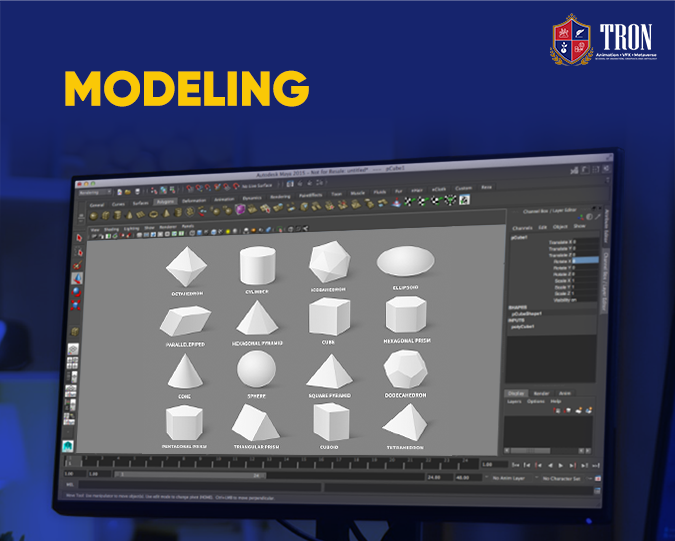 The 3D Models are then given details like texture and colour.
The 3D Models are then given details like texture and colour.
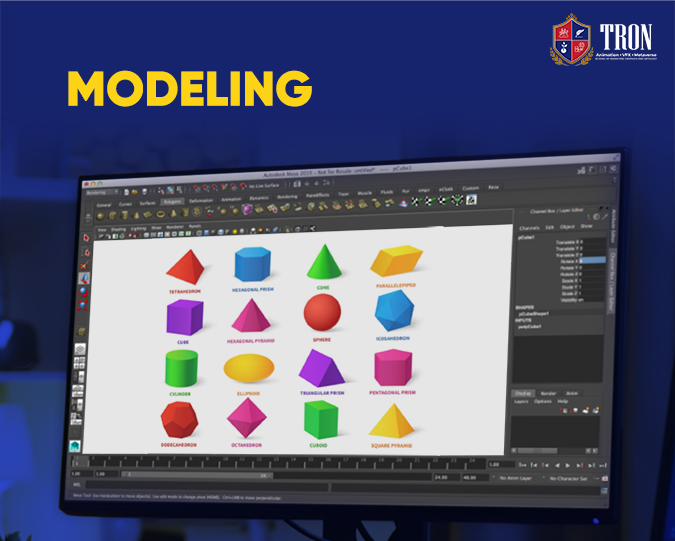
2. Rigging:
3D Rigging creates a skeleton for the 3D model. Rigging allows a character’s body to be articulated in a structured way. Trying to animate a character without it would result in a distorted, deformed mess.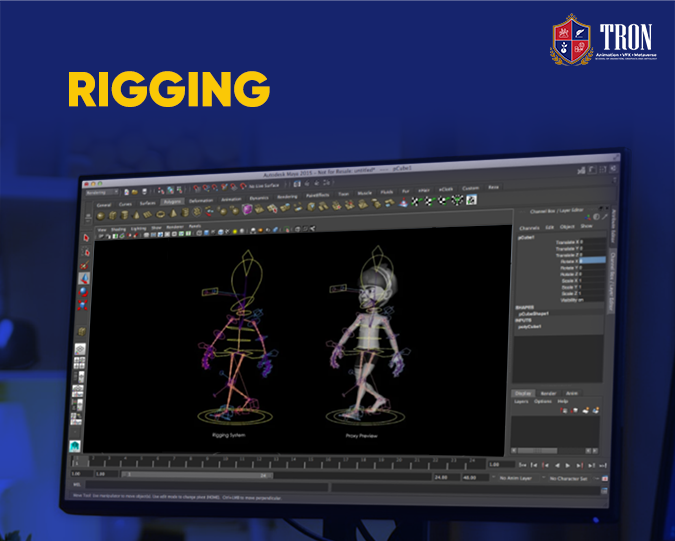
3. Layout and Animation:
Once the above steps are complete, the 3D animator will move on to the actual Animation process. After modeling and rigging, they have a character or an element they can move. There are multiple ways to do this – from using keyframes – moving the object on a frame-by-frame basis, to using motion capture data.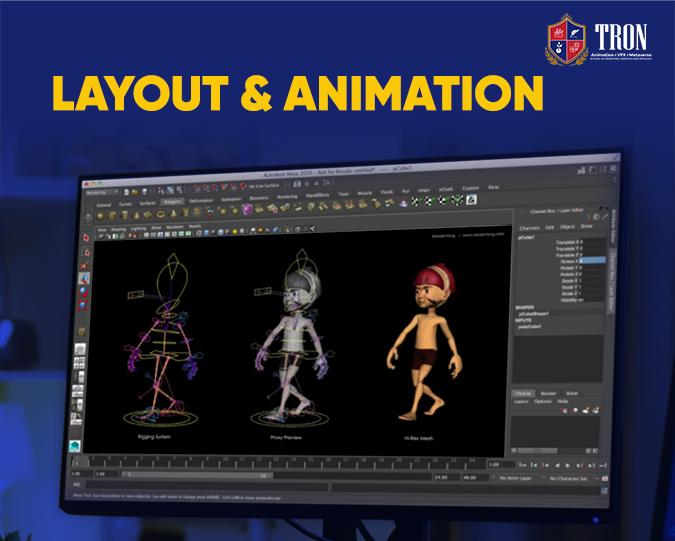
4. Rendering:
Once the animation is done and perfected, along with the lighting and dimensions, the animator can move on to rendering. The graphic images are designed and exported in this process. The final render of the 3D animation will be tweaked according to light and shadows, reflections, transparency and other minute details.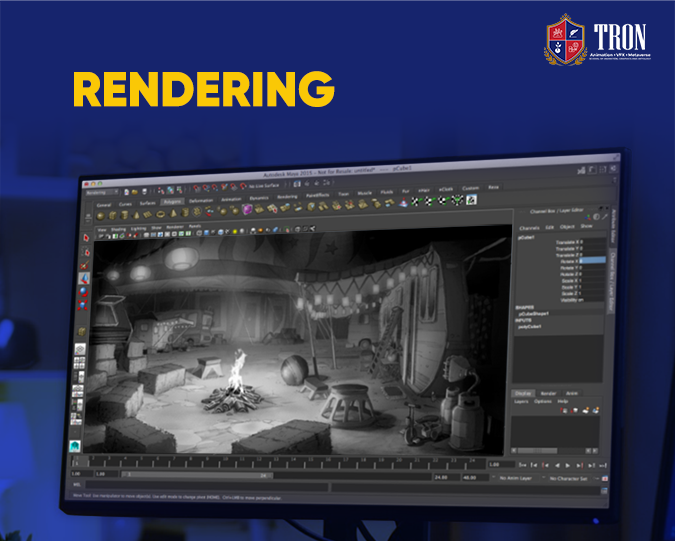
What are the Principles of Animation?
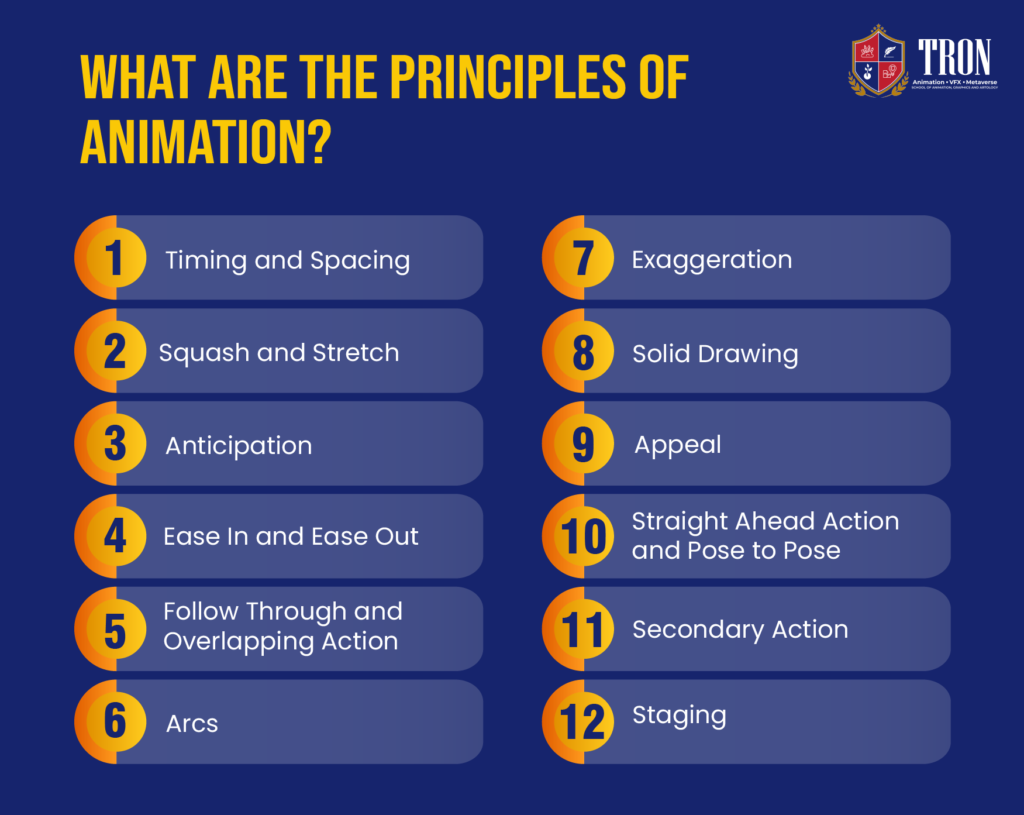 The principles of Animation are the crucial techniques one must practice and master as an animator. These principles adhere to the basic laws of physics and emotions and appeal.
The principles of Animation are the crucial techniques one must practice and master as an animator. These principles adhere to the basic laws of physics and emotions and appeal.
